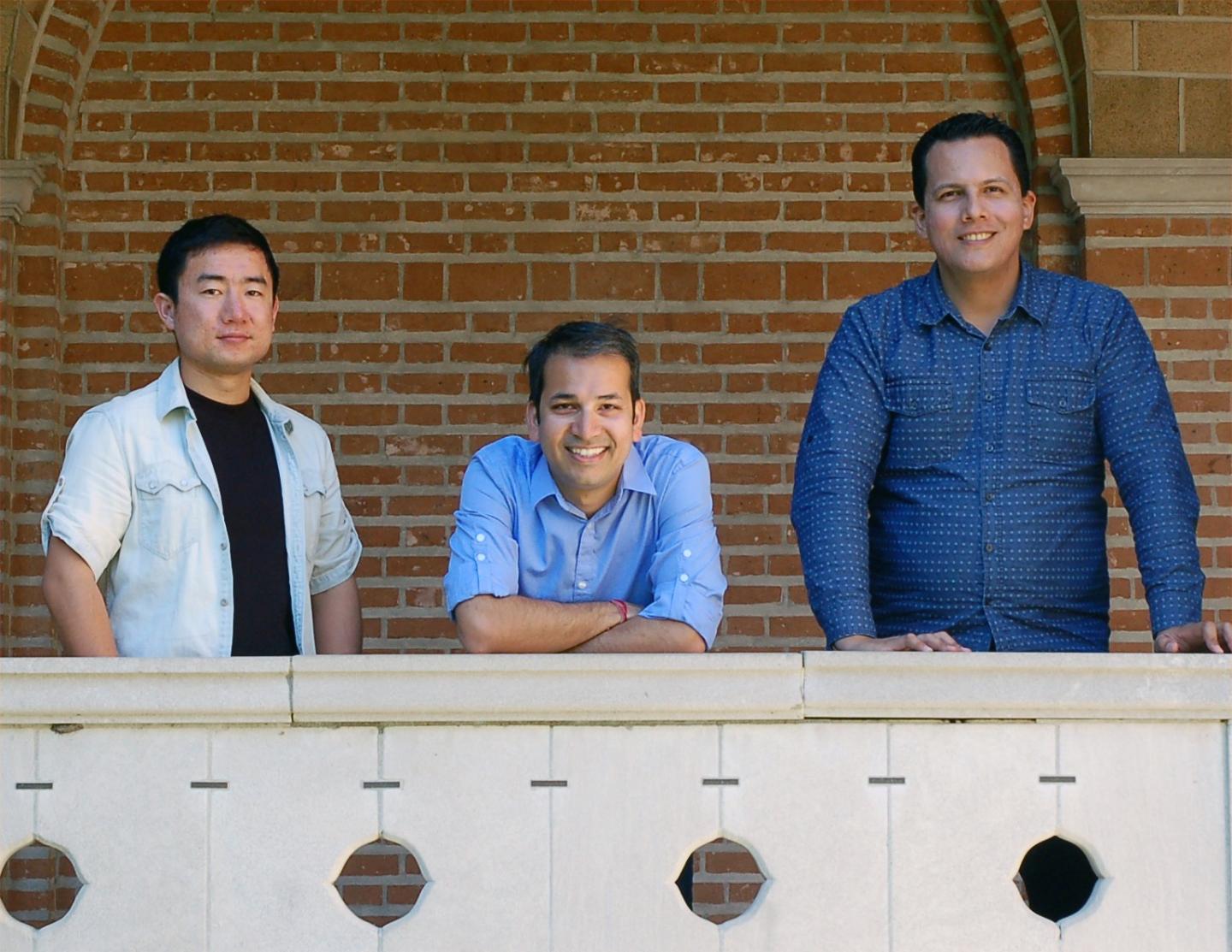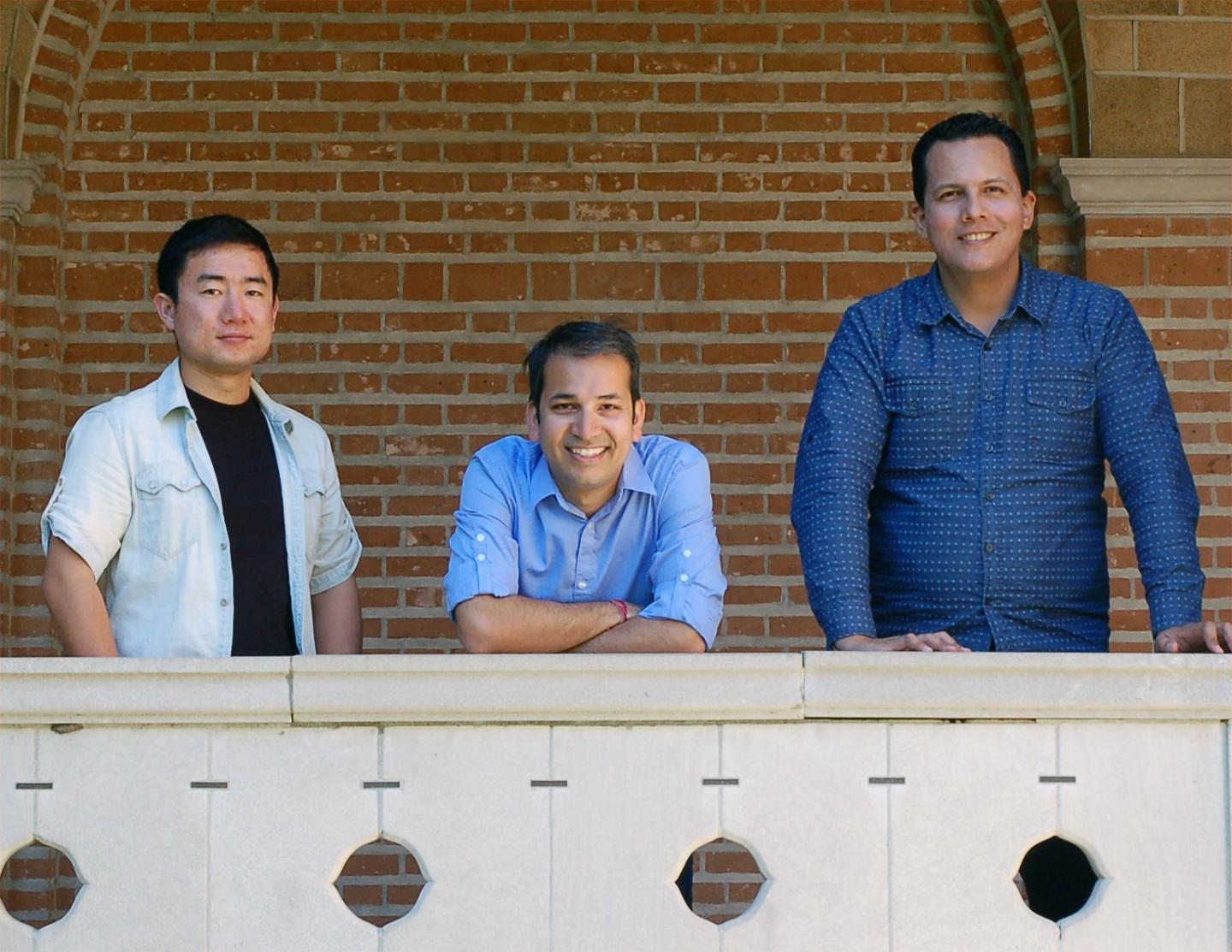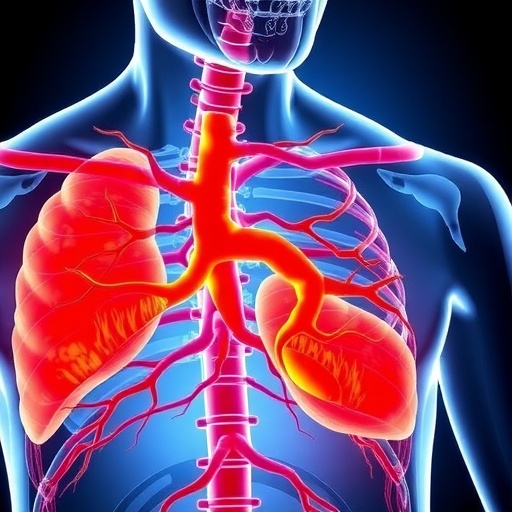
Credit: Carlyn Chatfield/Rice University
Rice University computer scientists are mapping a new solution for interior navigational location detection by linking it to existing sensors in mobile devices. Their results were presented in a paper at last month's 2017 Design, Automation and Test in Europe (DATE) Conference in Lausanne, Switzerland.
Six months ago, the same researchers published a paper on their first technology for a new indoor mobile positioning system called CaPSuLe. The navigational location detection system began as a solution for mobile device users inside large indoor spaces like office complexes or shopping malls where GPS navigation falters under poor signals that quickly deplete battery life.
Both CaPSuLe and the DATE paper technology rely on machine learning for location detection. Both increase the speed of calculations and decrease energy expenditure in comparison with existing location technologies. But CaPSuLe depends on image matching techniques and uploaded data, while the new technology taps into sensors that already exist in most mobile devices.
Chen Luo, a graduate student working with assistant professor of computer science Anshumali Shrivastava, said the team was not satisfied with the initial performance metrics of its sensor-driven technology.
"The original idea is to just use the gyroscope and accelerometer data for indoor-location detection, but the results were poor," Luo said. "After we added in some mapping information to our model, the performance improved significantly. The moment that the experiment shows high improvement is very unforgettable."
The gyroscope and accelerometer sensors are already built into most mobile devices and require little energy to run, Shrivastava said. Unfortunately, the sensors also pick up a lot of extraneous data.
"We're building a solution that uses cheap existing sensors, such as gyroscope and accelerometer," he said. "These sensors track acceleration and rotation, but the location signals are 'noisy' because of irrelevant movements. For example, we can use information from these sensors to track walking movements, but the sensors also pick up swinging arms and waving hands. So when we try to apply physical laws of motion to compute the final location, the result is an accumulation of errors."
In addition to sensor data, the scientists also drew on studies of standard human movements.
"Human motion has a lot of structure that we were able to utilize with the otherwise-noisy sensors to produce accurate estimations," Shrivastava said. "Humans don't typically make erratic movements; they usually walk in a near-straight line. For our machine learning algorithm, this means that if the starting point is known, and there's a precondition for traveling in a straight line with limited opportunities for possible left and right turns, then the location where someone stops can be accurately estimated even with noisy sensors."
The idea of estimating answers rather than working with precise calculations is a novel energy-efficient approach and one Krishna Palem, Rice's Kenneth and Audrey Kennedy Professor of Computing, first began exploring in 2003. Palem later became intrigued by Shrivastava's work.
"My original research was in large-scale machine learning and efficient computing," Shrivastava said. "I met Krishna when I moved to Rice, and he started asking me questions about my research direction. We quickly realized we had a unique opportunity to work together on energy-saving approaches to computing problems."
Shrivastava's research in machine learning and data mining also attracted the attention of Chen Luo, a first-year graduate student at Rice who was seeking a computer science adviser. At the same time, Shrivastava realized that Luo's previous work in time-series mining could benefit the research he and Palem were undertaking.
Luo said, "Time-series mining is used for analyzing data with temporal order information. The research presented in the DATE paper required analysis of the gyroscope and accelerometer data and each of the data sets is exactly time-series data.
Similarly, Palem's research to improve energy efficiency using estimated calculations captured the attention of Juan Jose Gonzalez Espana, a graduate student in the Department of Electrical and Computer Engineering. Gonzalez Espana took two courses taught by Palem, became intrigued with his approach and was invited to join the navigational location detection project.
He said, "Krishna's work in 'clever' inexactness has multiple important applications in daily life. The kernel of our current location detection solution may also have wide applications for daily use across a variety of fields including marketing, health care and pet care among others. For example, marketers could extend product offers based on the current location of the user or the places they frequent. In health care, the solution could be used to trigger alarms if patients approach potentially harmful areas. In pet care, missing dogs or cats could be located through this technology."
Gonzalez Espana said that by aggregating all the information, the team "demonstrated a solution that is twice as accurate as GPS services, while being around 27 times cheaper in terms of energy, which directly translates into battery life."
###
The Rice research team's international collaborators include Moon Yongshik, Soonhyun Noh, Daedong Park and Seongsoo Hong, all of Seoul National University in South Korea. The research was supported in part by the U.S. Defense Advanced Research Projects Agency.
The 2017 DATE paper, "Location Detection for Navigation Using IMUs with a Map Through Coarse-Grained Machine Learning," is available upon request.
This news release can be found online at news.rice.edu.
Follow Rice News and Media Relations on Twitter @RiceUNews.
Located on a 300-acre forested campus in Houston, Rice University is consistently ranked among the nation's top 20 universities by U.S. News & World Report. Rice has highly respected schools of Architecture, Business, Continuing Studies, Engineering, Humanities, Music, Natural Sciences and Social Sciences and is home to the Baker Institute for Public Policy. With 3,879 undergraduates and 2,861 graduate students, Rice's undergraduate student-to-faculty ratio is 6-to-1. Its residential college system builds close-knit communities and lifelong friendships, just one reason why Rice is ranked No. 1 for happiest students and for lots of race/class interaction by the Princeton Review. Rice is also rated as a best value among private universities by Kiplinger's Personal Finance. To read "What they're saying about Rice," go to http://tinyurl.com/RiceUniversityoverview.
Media Contact
David Ruth
[email protected]
713-348-6327
@RiceUNews
http://news.rice.edu
############
Story Source: Materials provided by Scienmag





